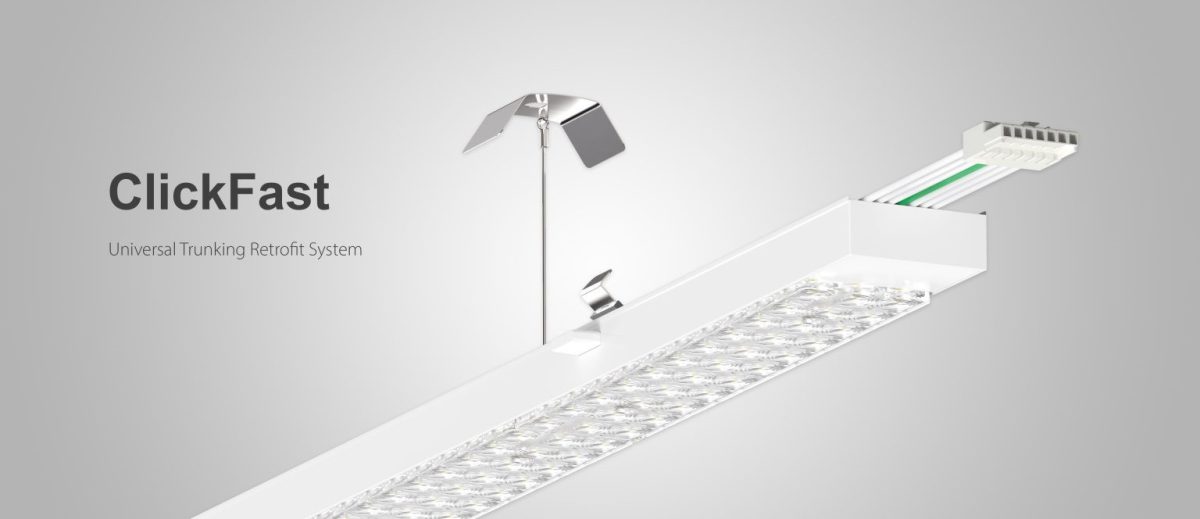Understanding the relationship between power and efficiency in LED track lights is essential for making informed decisions in industrial lighting applications. This article delves into how power consumption impacts energy efficiency, helping you choose the most effective lighting solutions.

Key Factors Influencing Power and Efficiency
Several factors affect the power consumption and efficiency of LED track lights. Here are the most critical ones:
| Factor | Description |
| Luminous Efficacy | The amount of light produced per watt of power consumed (measured in lm/W). |
| Power Factor | The ratio of real power used to perform work to apparent power flowing in the circuit. |
| Driver Efficiency | The efficiency of the LED driver in converting electrical power to light. |
| Thermal Management | The ability of the LED light to dissipate heat, affecting longevity and efficiency. |
How Power Impacts Efficiency
In industrial lighting track lights, power consumption directly influences energy efficiency. Here’s how:
Luminous Efficacy
Luminous efficacy is a key measure of efficiency, indicating how well a light source converts electrical power into visible light. Higher efficacy means more light output for the same power consumption, resulting in better energy efficiency.
Power Factor
A high power factor indicates that the electrical power is being used efficiently. LED track lights with a high power factor consume less power for the same amount of light output, enhancing overall efficiency.
Driver Efficiency
The LED driver plays a crucial role in determining the overall efficiency of the light. An efficient driver minimizes power loss during the conversion process, ensuring more power is used for lighting rather than being wasted as heat.
Thermal Management
Effective thermal management ensures that the LED track light operates at optimal temperatures, reducing power loss and maintaining high efficiency. Good heat dissipation extends the lifespan of the LED and maintains consistent performance.
Choosing Efficient LED Track Lights
When selecting LED track lights for industrial applications, consider the following aspects to ensure high efficiency:
Check Luminous Efficacy
Look for lights with high luminous efficacy ratings. This ensures you get more light output for less power consumption, which is crucial for energy savings.
Evaluate Power Factor
Choose LED track lights with a high power factor. This reduces power wastage and improves overall energy efficiency.
Assess Driver Efficiency
Ensure the LED lights use high-efficiency drivers. This will minimize energy loss during power conversion, enhancing the overall efficiency of the lighting system.
Consider Thermal Management
Opt for LED track lights with effective thermal management solutions. Proper heat dissipation not only improves efficiency but also extends the lifespan of the light.

Conclusion
The relationship between power and efficiency in LED track lights is vital for achieving optimal performance in industrial settings. By understanding the factors that influence power consumption and efficiency, you can select the best lighting solutions that offer both energy savings and superior light quality. For high-quality LED lighting, consider Redfire as your trusted supplier.

